
Mexican quelites: what are they and how do you prepare them?
April 02, 2023
A delight known by a few. With the great taste of Mexico
If there is something Mexicans love, it is eating. Proof of that is our famous gastronomy, which includes everything from insects such as grasshoppers, scorpions, and ants; to plants and flowers such as jamaica, the pumpkin flower, and cactus, such as nopales.
And it is precisely about plants that I want to talk about in this blog. I want to introduce you to quelites, a kind of herbs or shrubs that few people know about, and that are undoubtedly part of the diet in many places of many Mexicans. Quelites can be found practically anywhere, their nutritional value is surprising, and they can be cooked in many ways.
The word quelite comes from the Nahuatl word quilitl, which translates as edible tender herb or vegetable. This word has its equivalent in many other languages such as Tenek, Totonaco, Mixteco, Purépecha, and Tsotsil, to name just a few.
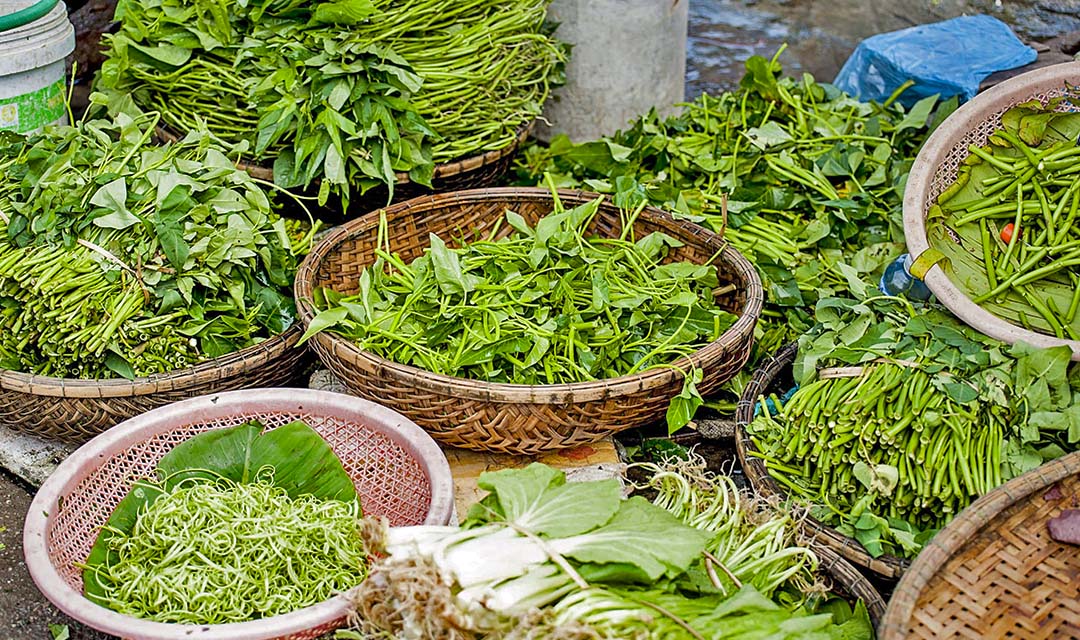
The parts that can be consumed from the plant may vary according to the species. For example, the whole plant, without the root, or just the leaves.
In Mexico, there are more than 500 species of quelites, and about 350 of these can be consumed. An incredibly wide range! I don't think we could discuss all of them in one blog, but today I want to share six of the most used, along with easy recipes for each one.
1.- Papalo o Papaloquelite
This plant is known as the Aztec Butterfly because the shape of its leaves resembles the wings of this beautiful being. Its name also comes from the Nahuatl papaloquilitl, where Papalotl means butterfly.
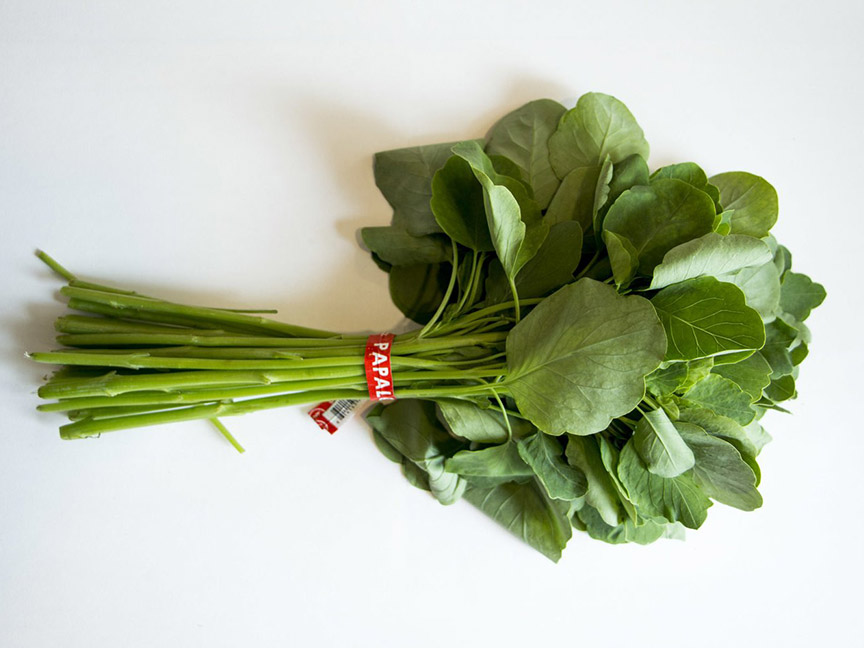
Consume it fresh to take advantage of its antioxidants and minerals. It is also widely used in traditional medicine to calm toothache and to control cholesterol levels.
If you like cemitas, it is most likely that you have already tried it because it is the main ingredient in this iconic dish from the state of Puebla, but if you are craving something different, try this recipe:
2 white potatoes cooked with salt
2 sprigs of papaloquelite
200 ml of olive oil
2 cloves of garlic
Half a kilo of white onion
150 g of meat
50 g of tomato
20 ml of red wine
20 g of parmesan cheese
Preparation:
Place the papaloquelite, the oil, 250 grams of onion, and a clove of garlic in the blender and blend.
Fry this mixture in a pan.
Take the potatoes and remove some of the pulp to pour the mixture inside them.
Now fry the meat, the tomato, a clove of garlic, and the rest of the onion, and add the wine.
Cook until the alcohol evaporates, and fill the potatoes with this stew.
Cover the potatoes with the parmesan cheese and bake until gratin. Bon Appetite!
2. Romeritos
That's right, the traditional Mexican Christmas dish that our mother cooks every year, is a quelite, and its origin dates back to pre-Hispanic times in Mexico. Something curious about this plant is that it is considered an invasive pest in some countries, but Mexicans have found its most delicious side.
It has a salty flavor, and its fleshy green leaves are the perfect complement to seafood-based dishes.
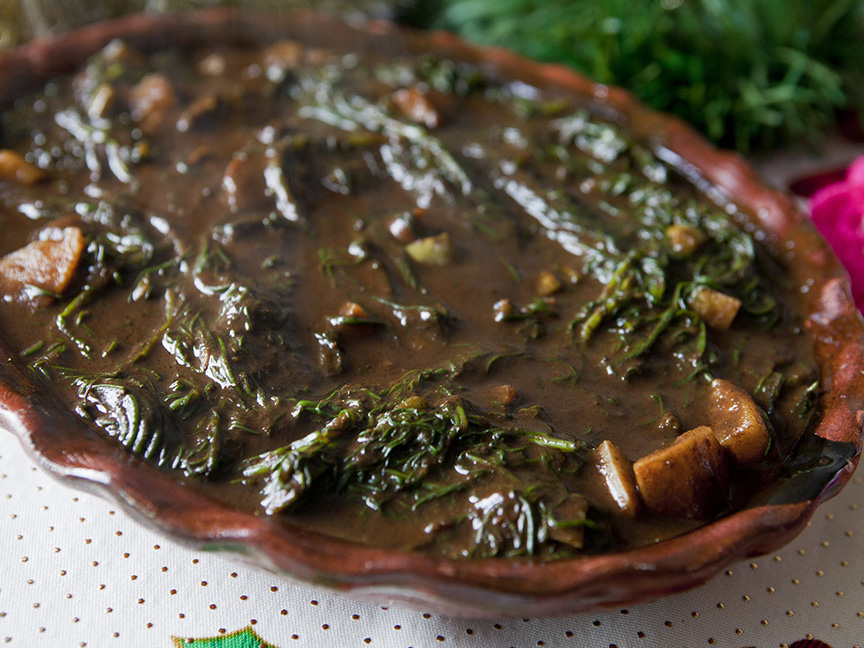
Here is the recipe so you can make them at home:
1 kg of clean romeritos
1 1/2 cups of mole paste
4 cups of chicken broth
6 nopales
3 potatoes
1 minced garlic clove
Salt
3 eggs
Oil for frying
4 tablespoons of dried and ground shrimp
Preparation
Cook the romeritos with abundant salt and drain them to reserve them.
Now whisk up the egg whites to the point of nougat and add the beaten yolks, the garlic, and the ground shrimp. Stir well. This mix is for making pancakes.
In a pan with hot oil, fry small portions of the previous mixture until golden brown on both sides and drain the excess oil.
Cook the nopales and the potatoes, then chop them.
Heat the chicken broth and dissolve the mole until it boils. Add the nopales and the chopped potatoes, and stir.
Add the pancakes and let boil for a few more minutes.
Remember that this dish is served hot
3. Quintoniles
You will be surprised to learn that this quelite is part of the amaranth family in Mexico, which is made up of 11 species.
Quintoniles are a popular ingredient in the center of Mexico and, like many other quelites, their vitamin and mineral content, such as iron, potassium, zinc, and phosphorus, is very high.
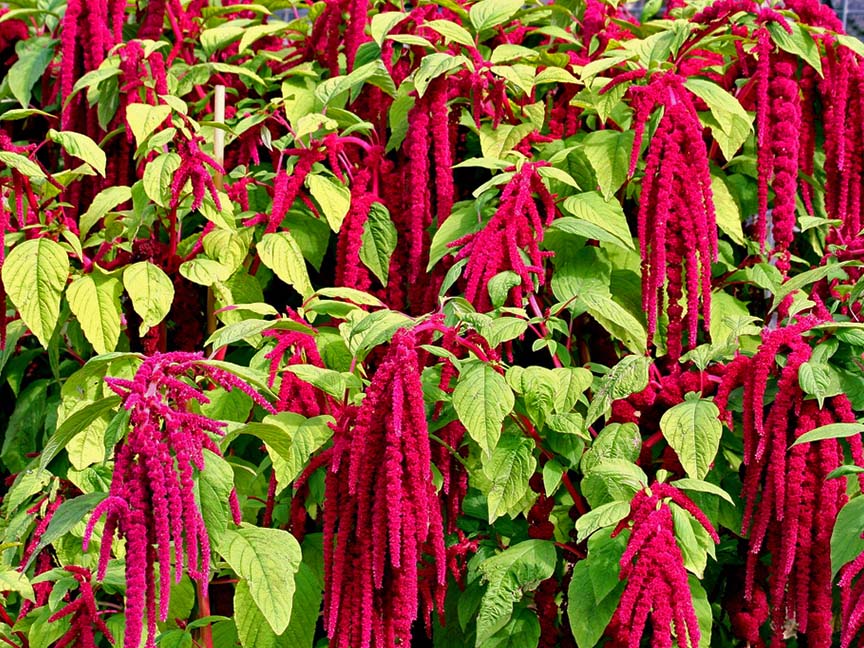
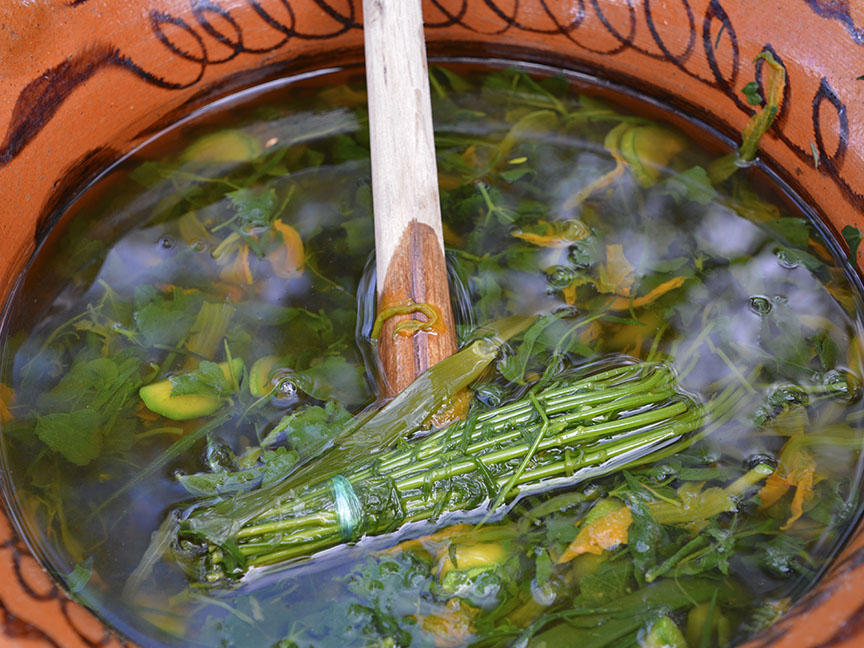
This quelite is very easy to prepare, and it can be found in quesadillas, soups, and cooked with onions.
For this recipe, you’ll only need:
1 kg clean quintoniles
½ cup vegetable or chicken broth
2 tablespoons of oil
2 garlic cloves, minced
2 sliced onions
Preparation:
Remove the thick stems from the quintoniles and wash them very well.
Sauté garlic and onions in the oil.
Add the quintoniles, move from time to time; add the broth and season to taste.
Cook over low heat; when dry, serve.
4. Verdolaga or Purslane
This quelite was the one that surprised me the most because at my grandmother's home, I would always pluck them from the patio thinking that they were just regular herbs; however, you can make a lot of tasty dishes with them.
Purslane came to the West during the Renaissance era, and Mexico is considered the place with the greatest diversity of purslane since you can practically find it in anywhere.
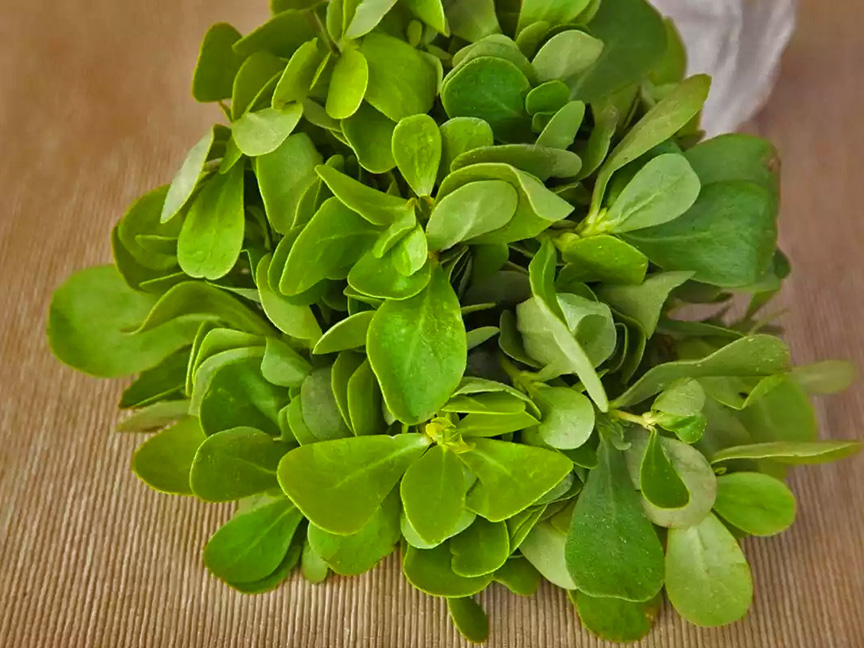
It has medicinal uses and can be chewed raw to improve the health of teeth and gums. It is low in calories, has vitamins A and B, magnesium, and calcium, a true superfood!
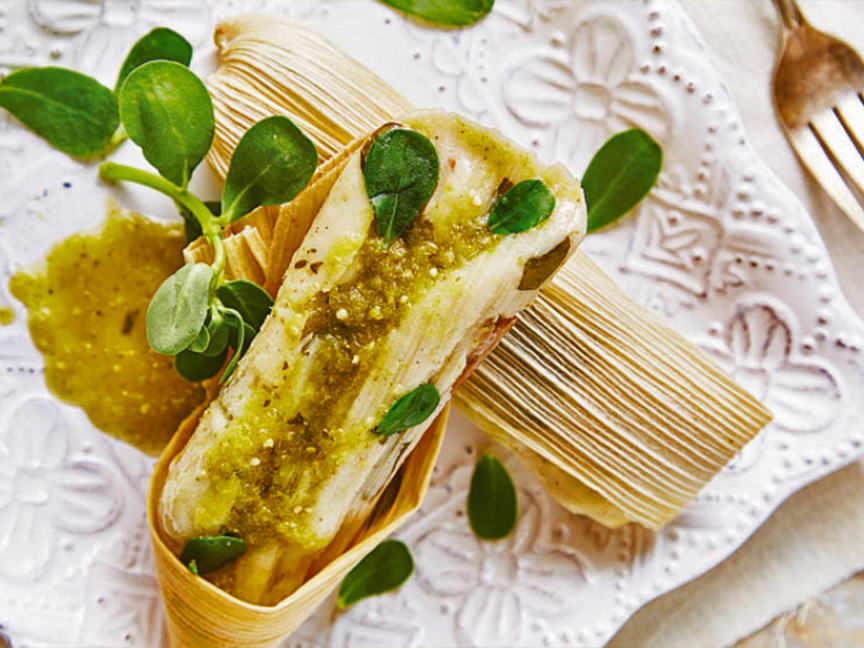
How about we cook some purslane tamales? Here is the recipe:
For the dough of the tamales:
250 g lard
1 kg of corn dough
1 tablespoon of salt
1 tablespoon of baking powder
Soaked corn husks
For the filling
2 minced garlic cloves
½ chopped onion
2 cups of purslane leaves
10 chopped green tomatoes
3 oil tablespoons
Preparation:
Let's prepare the filling first, which is very simple.
Sauté the garlic, onion, and green tomatoes in oil. Then add the clean purslane and cook until the filling thickens. Do not forget to rectify the taste.
In a large container, place all the ingredients of the dough and knead until it no longer sticks in our hands.
Then form small balls the size of your palm and place them in the corn husks, add a couple of tablespoons of the filling, close the tamale tightly, and put it in the steamer.
Cook them until the dough detaches from the sheet, and take them out to chill before eating.
5. Huazontle
This delicious quelite is produced in the center of Mexico. Its nutritional contributions are similar to amaranth and quinoa, but it is consumed green and not in the form of a cereal. It was one of the most important crops, along with corn, chili, and beans, in pre-Hispanic times
Its name is also of Nahuatl origin, huauhtzontli: which means hair or pigweed. It is another Mexican superfood, and it has many vitamins and minerals in addition to being used in traditional medicine for its properties in strengthening the immune system.
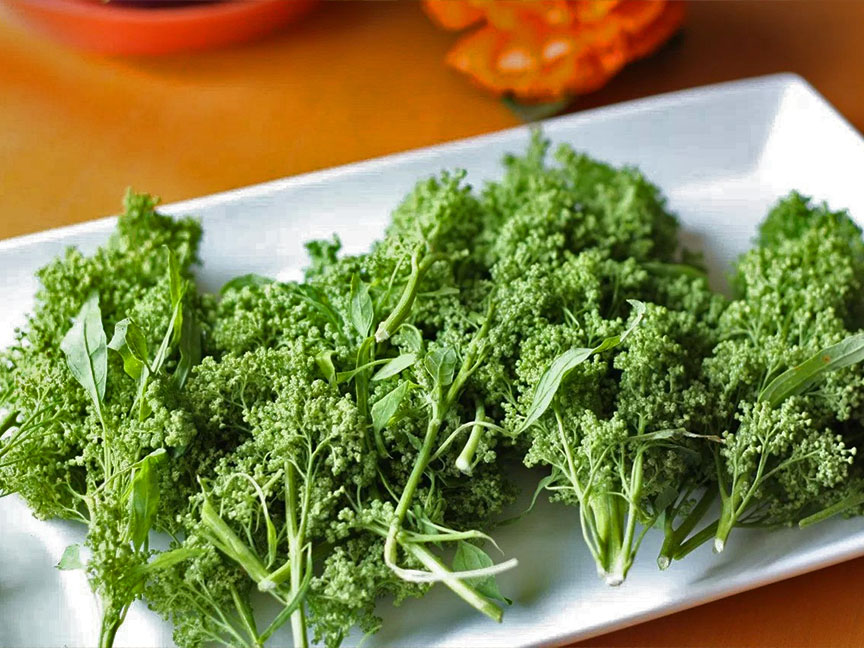
Huauzontle can be prepared in various ways, but here I am going to share a simple recipe to make a delicious salad at home.
Ingredients:
2 cups of clean huauzontles
½ cup of toasted pumpkin seeds
½ cup of cilantro (washed and disinfected)
4 teaspoons of olive oil
1 sliced chili pepper
1 orange without membrane
1 sliced avocado
Salt
Preparation:
The first thing you should do is blanch the huauzontles in boiling water.
Prepare a pesto dressing by grinding olive oil with garlic and seeds.
Mix the pesto with the huauzontles and serve with the sliced chili pepper, orange, avocado slices, and the rest of the seeds. A delicious and simple recipe.
6. Chaya
Did you know that Chaya is a quelite? This leaf is a traditional ingredient in Yucatecan gastronomy and you can find it in practically any dish: from the famous Brazo de Reina, tamales, empanadas, eggs, broths, and soups, to preparing it as a drink with lime or lemon. It is known as the Mayan Spinach.
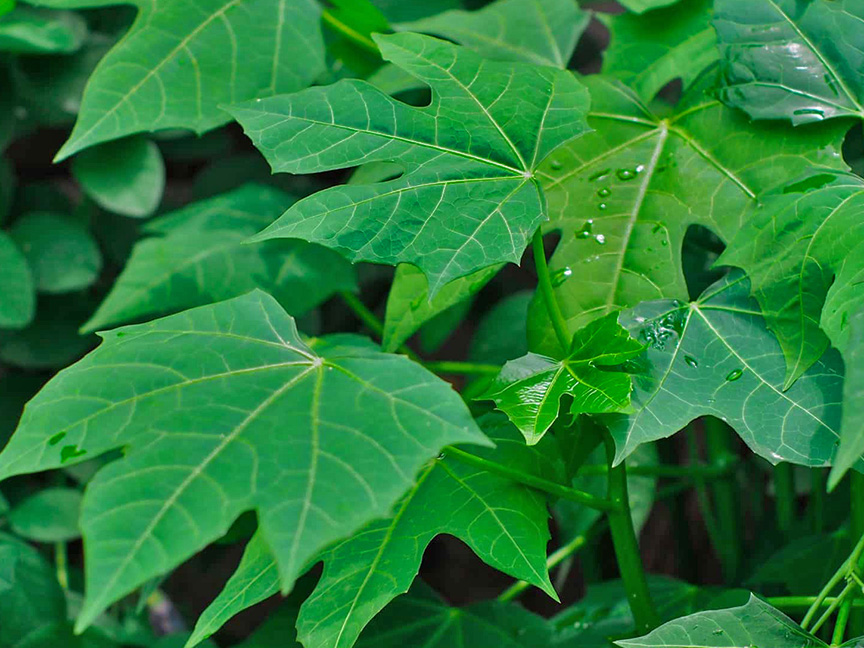
You can find the chaya bush from Tabasco to Quintana Roo and you should always cook it, since, despite being very rich in nutrients and vitamins, it also has a substance similar to cyanide (which disintegrates when cooked).
Choosing a chaya recipe is difficult, but how about you make fresh chaya water with lemon and pineapple?
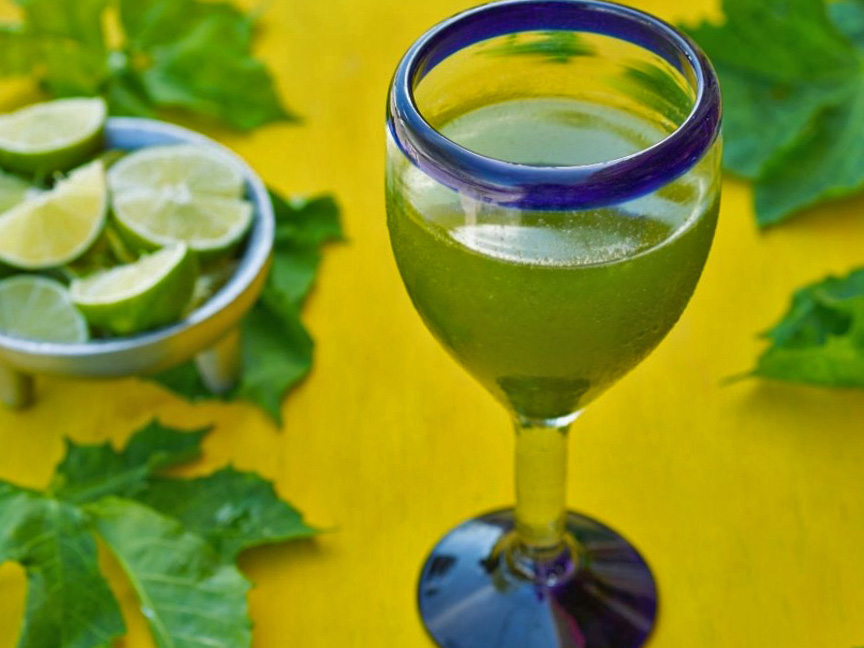
Ingredients:
250 g of Chaya
Sugar
250 ml of lemon juice
250 g of pineapple
250 ml of pineapple juice
2 l of water
Preparation:
Boil the chaya leaves to neutralize the hydrocyanic acid, then place the leaves in a blender with some of the water.
Pass the mixture through a strainer to separate the juice from the chaya leaf fibers and mix this juice with the remaining water.
Place the lemon juice, pineapple juice, and pineapple chunks in the blender and blend again.
Now add this mixture to the chaya water and stir. Sweeten it to your liking and serve it with lots of ice.
I hope you have learned a little more about the Mexican quelites and that on your next trip or at home, you will be encouraged to try them either by preparing these recipes or creating some of your own. We shared only 6 types of quelites , but imagine being able to test the 350 that are known in the country, this blog would need many parts...
If you have already tried the quelites, tell me, which is your favorite?
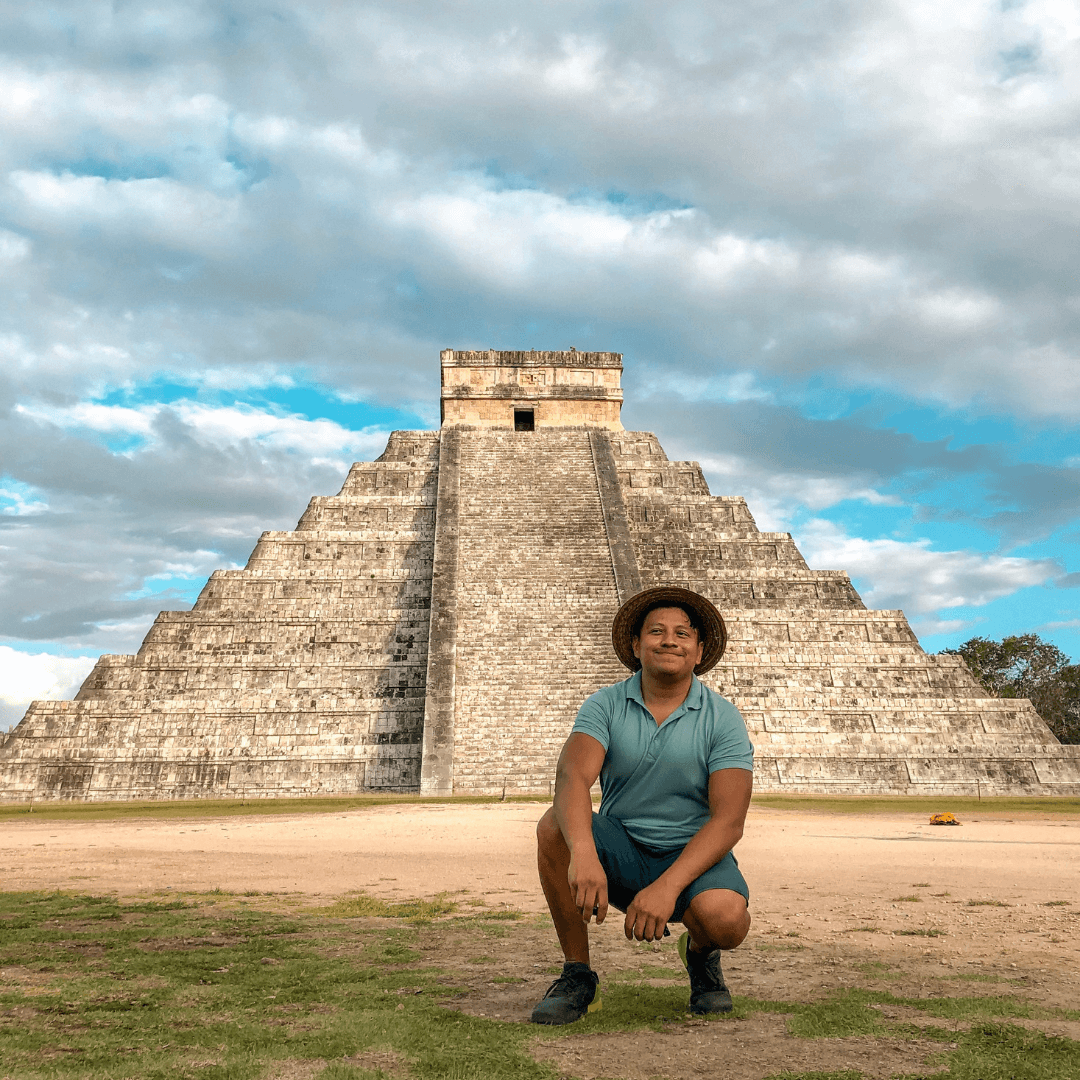

Comments
Discover insider tips to unlock unbeatable promotions for your Xcaret adventure. Learn how to snag the best deals of the year with our expert advice.

We had a very interesting conversation with the art curator of Hotel Xcaret Arte about how creative expression can nurture the soul and promote personal growth.

Learn all about the annual Ibero-American Film Awards. If you're a movie fan, you've undoubtedly heard of the Premios Platino; if not, here's some context.

Three very safe ways to explore the Caribbean Sea: Ferry to Cozumel and Isla Mujeres, Snorkeling Tour, and Private Luxury Yacht ride.

Get to know the nighttime activities you can do at Xenses Insomnia in Playa del Carmen and tips to enjoy them to the fullest.

Discover essential packing tips for your unforgettable adventure at Xcaret! From swimwear to sunscreen, ensure you're fully prepared for fun in the sun at this tropical paradise. Plan your trip with confidence knowing you have everything you need packed and ready to go!

Grupo Xcaret
Hotels
